
Fulton Schools in the News, Page 4
Could drones serve as part of a virtual border wall? NBC News 12, Feb. 27
If DHS does decide to build a physical wall, experts believe they’ll likely encounter logistical problems that will outweigh the engineering problems of designing a freestanding border wall.
“15 to 20 million yards of concrete,” ASU School of Sustainable Engineering professor Barzin Mobasher said, “So how are you going to deliver that?”
Mobasher said whoever wins the contract will have to figure out how to get their materials, whatever they are, to extremely remote areas. They’ll have to find roads that will support construction equipment and deal with housing workers in areas that can be hours away from towns. Concrete will set up if it has to be hauled a long distance, Mobasher said, so a company would have to decide if and where to build small concrete plants along the route, then determine where the raw materials would come from.
Computer Hacks of the Future, and How to Prevent Them, ‘Science Friday’ National Public Radio, Feb. 24
The wave of artificial intelligence technology coming at us carries with it the upside of enhancing our lives with things like self-driving cars, as well as the potential downside of threats posed by malicious hacking of the computerized devices and systems we rely on. The situation is discussed by three AI experts, including Subbarao Kamhampati, a Fulton Schools professor of computer science and engineering and president of the Association for the Advancement of Artificial Intelligence. Each of them participated in a three-day Challenges of Artificial Intelligence Workshop at Arizona State University. Illustration: Shutterstock
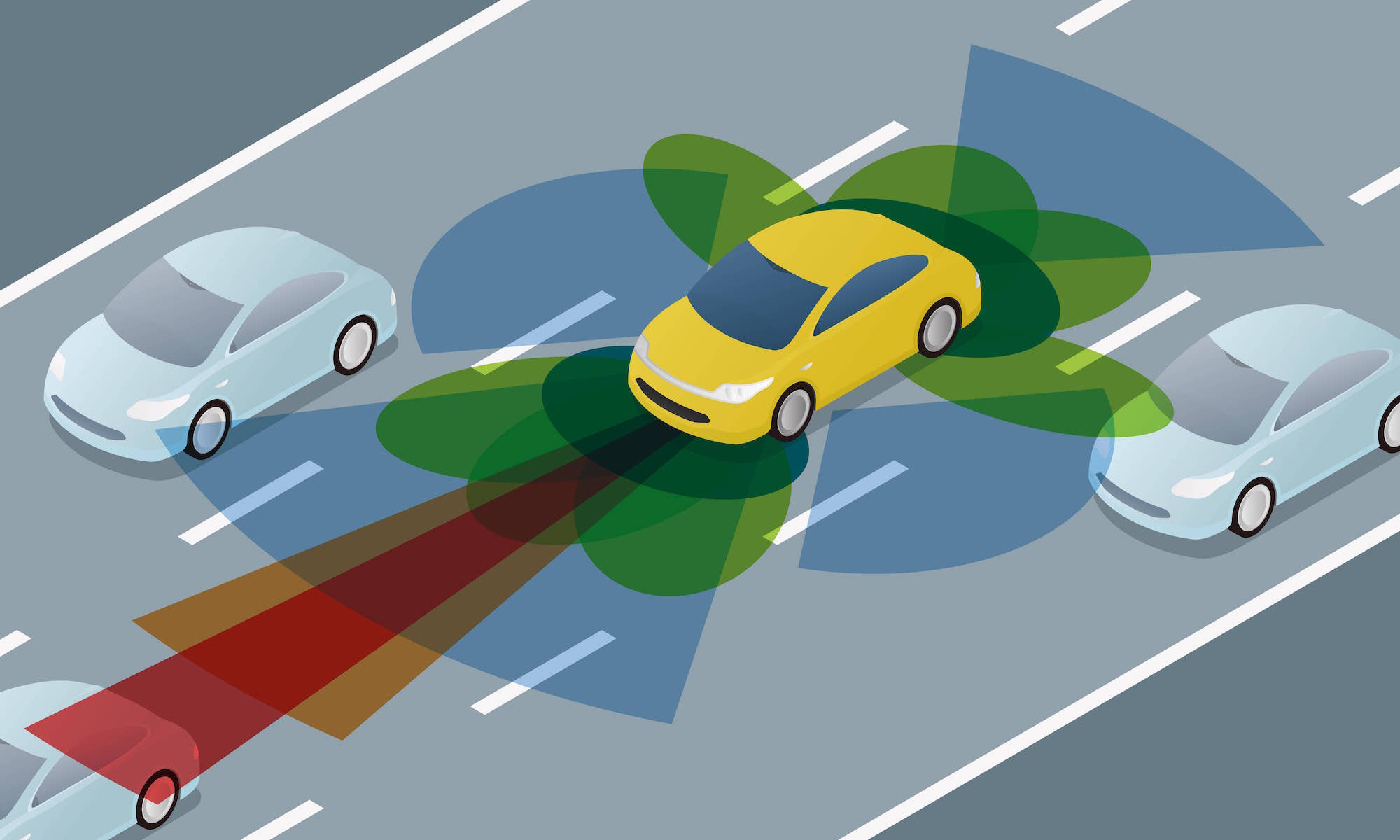
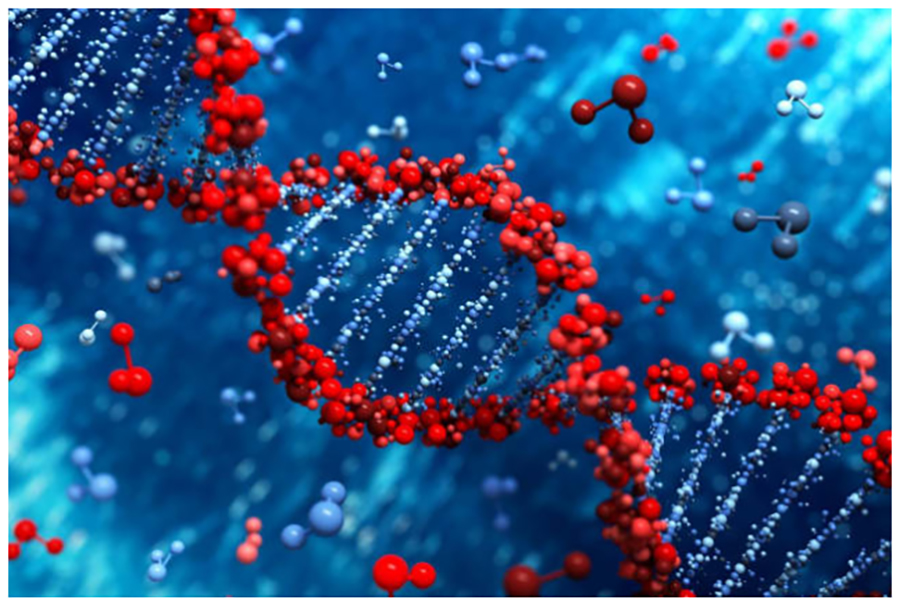
Engineers Develop DNA Light Switch, Engineering.com, Feb. 21
DNA, the stuff of life, may very well also pack quite the jolt for engineers trying to advance the development of tiny, low-cost electronic devices.
Much like flipping a light switch at home—only on a scale 1,000 times smaller than a human hair—a team of researchers has now developed the first controllable DNA switch to regulate the flow of electricity within a single, atomic-sized molecule. The new study, led by Fulton Schools ECEE professor and director of the Biodesign Institute’s Bioelectronics and Biosensors Nongjian Tao, is published in the online journal Nature Communications.
ASU making strides on early test for pancreatic cancer, Phoenix Business Journal, Feb. 21
Fulton School of Biological Health Systems Engineering Assistant Professor Tony Hu and rand his team at the Biodesign Institute are working on a new test to catch pancreatic cancer in its earliest stages.
If caught early enough, pancreatic cancer can be controlled, but the sneaky disease develops aggressively and doesn’t usually show any obvious signs in the early stages.
Because pancreatic cancer is usually caught in the late stages, an estimated 80 percent die within a year of diagnosis, according to the American Cancer Society.
But Hu’s team has discovered a new method to identify pancreatic cancer in its early development.
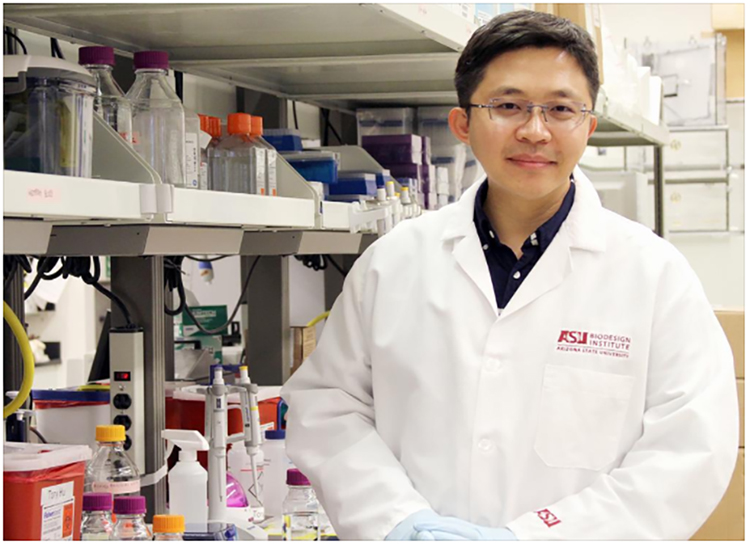
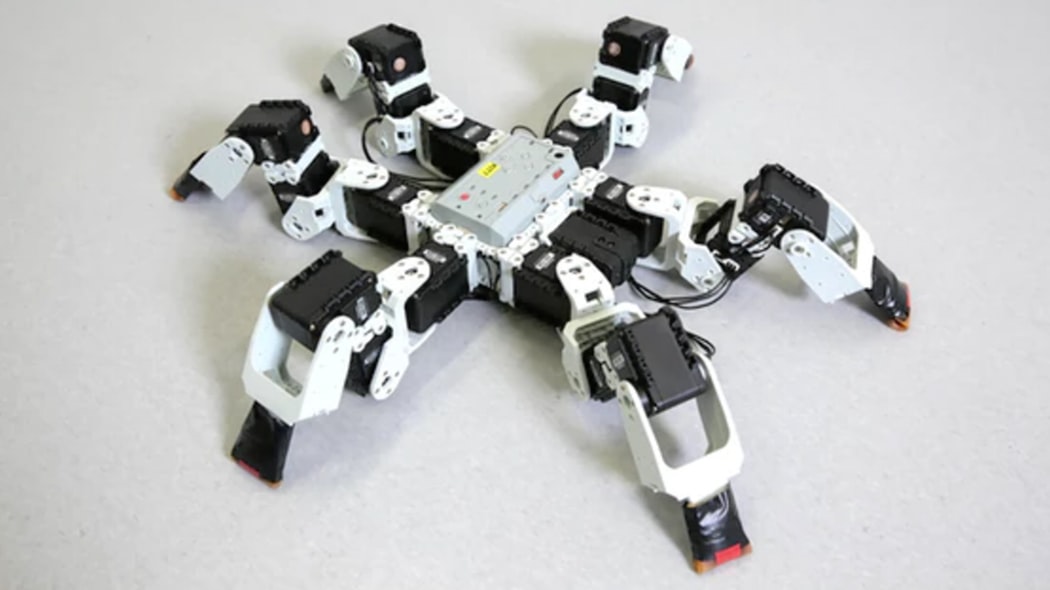
This Six-Legged Robot Walks More Efficiently Than an Insect, Inverse, Feb. 18
Engineers and scientists have long been mimicking nature to find solutions, but some are now making technological advances by improving on nature. Fulton Schools Assistant Professor Ted Pavlic, whose work combines engineering with knowledge of insect behavior, comments on news of the recent achievement of scientists who made a robot that improves on an insect mobility method.
ASU professor develops robotic suits to help wearers run faster, climb higher, CBS5, 3TV Family, Feb. 17
MESA, AZ (3TV/CBS 5) –Futurists often predict that more and more jobs will be replaced by robots, but an Arizona State University professor imagines a future where humans still dominate the workforce – by wearing robotic suits.
Tom Sugar says it’s a future that may not be far off.
“In five years, we see this industry ballooning. You will see exoskeletons helping people out in industrial applications,” he said. “You’ll see, in the military, these devices helping people carry heavy loads. You’ll certainly see these devices in rehabilitation.”
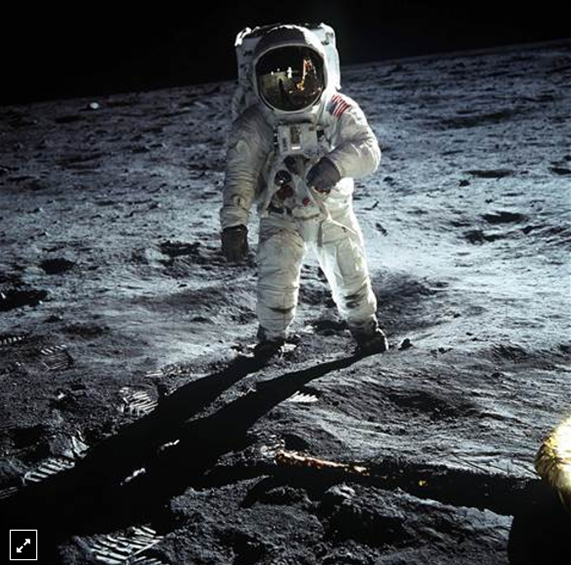
Could President Trump Take Us Back to the Moon? NBC Tech News, Feb. 17
President Trump has said he wants to “unlock the mysteries of space” and “focus on stretching the envelope of space exploration.”
Dr. Scott Parazynski, a retired astronaut and a professor of practice at both ASU’s Schools of Biological Health and Systems Engineering and Earth and Space Exploration called the crewed mission idea an “audacious challenge.”
“If you have a crew on board, the complexity of the mission increases substantially,” he told NBC News. “You are committing to making it a perfect round trip. You need to have the life support systems, the launch abort system and the recovery systems built into the vehicle the first time around.”
Elon Musk says humans must become cyborgs to stay relevant. Is he right? The Guardian, Feb. 15
ASU’s Panagiotis Artemiadis says “no.”
Artemiadis has been trying to get more bandwidth using a 128-electrode EEG cap to allow a human to control a swarm of flying robots with their brain. “We can already decode basic concepts like closing a hand or moving an elbow, but we can’t decode more complex behaviors,” he said.
He has created a system that allows for a single person to control the collaborative movement of multiple drones, for example making the flock move closer together so that it can fit through a narrow pass.
“We are building these machines to serve humans,” he said.
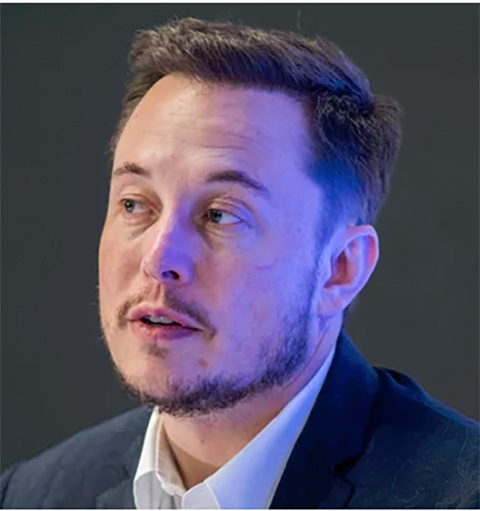
ASU team building transportation future, CBS-5 News, Phoenix, Feb. 14
Students in the Ira A, Fulton Schools of Engineering are leading an Arizona State University team that is preparing for the final stages of the national SpaceX Hyperloop competition, which is challenging students to develop futuristic transportation technology. The goal is to produce a prototype of a pod to house passengers on a high-speed rail line expected to travel at several hundred miles per hour.
Team of Arizona State University students work to improve access to clean drinking water in underdeveloped countries, The Daily Orange, Feb. 15
A project supported by students at Arizona State University is working in underdeveloped countries to improve their access to clean drinking water.
Five ASU students — Pankti Shah, Paul Strong, Varendra Silva, Mark Huerta and Connor Wiegand — have joined the project, 33 Buckets, in the hopes of making a positive impact and addressing water crises around the globe.
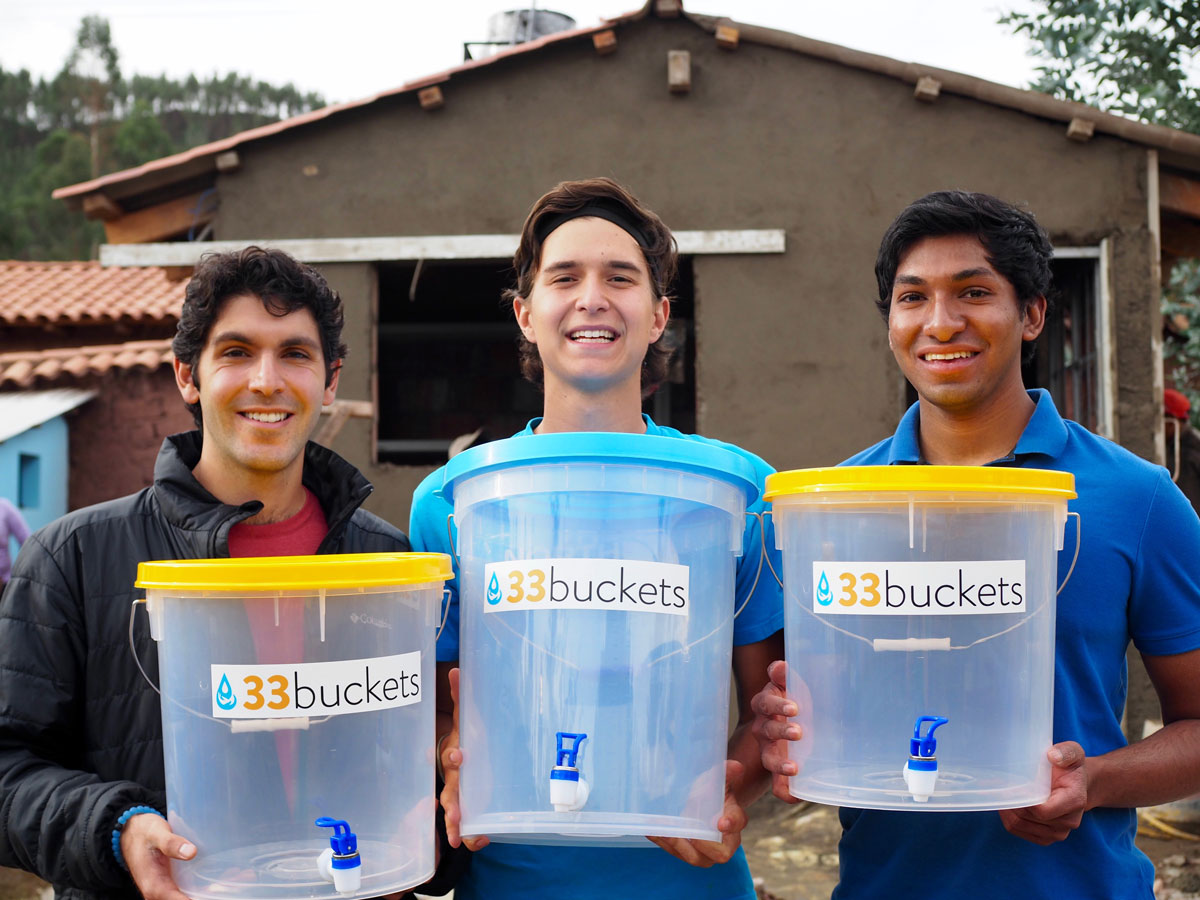
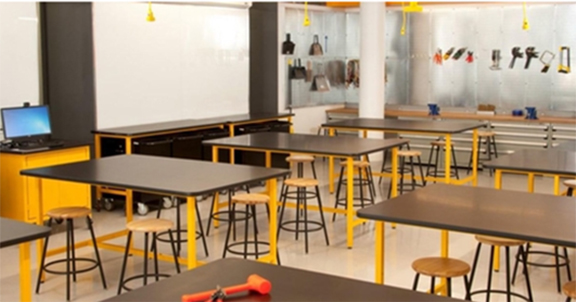
Arizona State University Incorporates Business Start-Up Skills Into Engineering Schools, Tradeline, Feb. 15
Arizona State University has designed its engineering schools to not only teach engineering, but also to develop entrepreneurs. In addition to the traditional classroom education, students are given the space and the skills to invent, design, produce, and market what their minds conceive.
“The entrepreneurial mindset has become more prevalent in today’s students than ever before,” says Richard Martorano, director of facilities and space renovations for the Ira A. Fulton Schools of Engineering at ASU. “They see the engineers and inventors who have become household names and want to emulate them.”
My Turn: Arts education paved the way for girls’ robotics win, Arizona Republic, Feb. 13
It should be no surprise that a team of girls from an arts schools earned top awards at the recent Arizona FIRST LEGO League championship tournament, says the head of the Arizona School for the Arts. The competition managed by Arizona State University’s Ira A. Fulton Schools of Engineering focuses on robotics and research. The school’s CEO says the team’s success goes to show how arts education fosters creativity, critical thinking and problem-solving skills that translate into talent in taking on the challenges of engineering and science.

3D Printing Research Now Comes with Southwest Flavor, RapidReadyTech.com, Feb, 9,
Arizona State University–host to the largest engineering school in the U.S.–offers the only manufacturing engineering undergraduate degree in the state through its Polytechnic School. Located in the Phoenix suburb of Mesa, ASU Polytechnic just kicked things up a notch with the launch of the Southwest’s largest 3D printing research facility: the ASU Manufacturing Research and Innovation Hub.
ASU researchers help refine next-generation prosthetic hands, TV 3 AZ Family, CBS5, Feb. 7
Inside a lab complete with motion-capture cameras, pincer-looking robotic arms, and a motorized hand, Arizona State University researcher Marco Santello explains that the goal of next-generation prosthetic limbs isn’t just finer movement. It’s also about creating artificial sensation.
“One of the challenges is to try to design or combine artificial feedback that you can connect to this prosthetic hand and then deliver this information in a meaningful way to the user,” Santello says.
Live coverage of ASU Rehabilitation Robotics Workshop, Fox10, February 7
Thomas Sugar, mechanical engineer who specializes in robotic exoskeletons, demonstrates one of his devices during the Rehabilitation Robotics Conference.

Our Bots, Ourselves, The Atlantic magazine, March 2017 Issue
The future may be a world in which we live with artificial intelligence “agents” that speak to us in human voices and understand our thoughts and feelings on a deep level. Futurists foresee people partnering with lifelong “digital assistants” or “virtual companions” that guide us through life, and which might eventually take the form of brain implants. Experts such as Fulton Schools Professor Subbarao Kambhampati, president of the Association for the Advancement of Artificial Intelligence, comment on some of the benefits and possible risks of such potential developments.
Zygote Journal Interview: Konrad Rykaczewski, January 2017
A recent special issue of the Zygote Journal, which focuses on biologically inspired science and design, features interviews with speakers at the first Biomimicry Summit and Education Forum for Aerospace. Among the them is Konrad Rykaczewski, Fulton Schools assistant professor of aerospace and mechanical engineering.
In his interview, he talks about how the abilities of a poisonous dart frog led him to an idea for a de-icing method that could make flight safer, and how mimicking the natural mechanisms involved in the way water interacts with prickly pear cactus could provide a basis for some useful technological developments. He also has found a particularly effective way to wash pesky insects off of vegetables.
Rykaczewski’s interview begins on page 96 of the digital magazine.You can download the issue, or enlarge it on your computer screen. Read more about Rykaczewski’s recent research at: http://intheloop.engineering.asu.edu/2017/01/30/turning-to-nano-engineering-to-fight-off-troublesome-frost-and-ice/
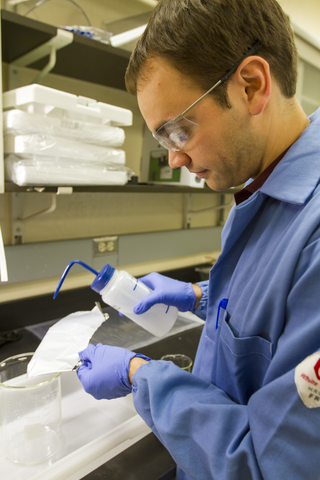
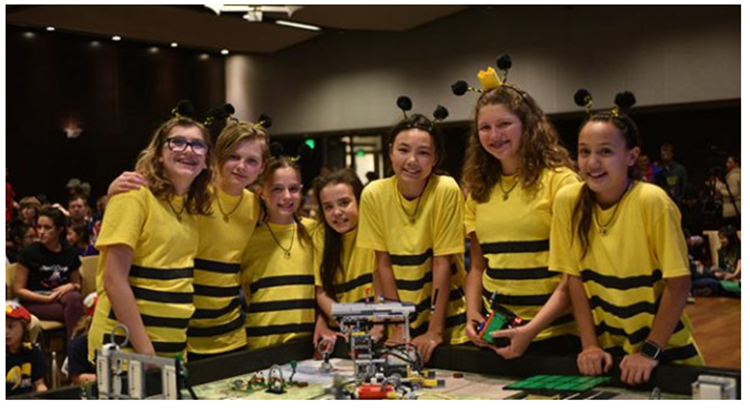
ASA all-girls robotics team wins statewide competition, AZBigMedia.com, Jan. 27
A team of seven Fifth through Eighth grade robotics students was recently named one of two winning teams selected to head to the FIRST LEGO League World Festival in Houston, Texas on April 19.
The all-girls team of arts students from downtown Phoenix charter school Arizona School for the Arts (ASA) competed against 96 teams in the Arizona State FIRST LEGO League Challenge hosted by the Ira A. Fulton School of Engineering on Jan. 14-15. The competition encourages youth to think like scientists and engineers through problem-solving and teamwork.
See inside the Southwest’s largest 3D printing research facility at ASU, Phoenix Business Journal, Jan. 27
The Southwest’s largest 3D printing research facility has opened at the Polytechnic School at Arizona State University’s Additive Manufacturing Research Center in Mesa.
The 15,000-square-foot addition, holding $2.5 million of plastic, polymer and 3D metal printing equipment, will be used for a variety of research and development activities with students.
Also see: Arizona State University, businesses team up for Manufacturing Research and Innovation Hub, Arizona Business Daily, Jan. 30
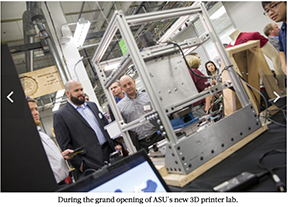
ASU researchers use fecal transplants to help gastrointestinal problems with autism patients, FOX-10 Phoenix, Jan. 26
It’s the first study of its kind in the world.
Researchers at Arizona State University are using fecal transplants to treat those with autism.
“It’s very hard to treat and it’s a huge problem for them if you have a 16 year old still in diapers because they can’t control their bowel movements. It really effects their quality of life,” said Dr. James Adams, Director of ASU Autism Research Program.
So scientists, like Adams, began focusing on younger autism patients.
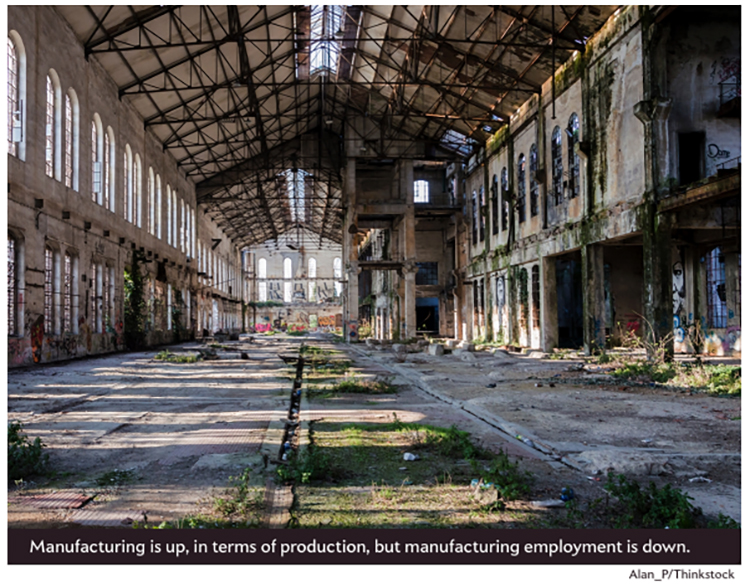
I Help Create the Automated Technologies That Are Taking Jobs — And I feel guilty about it, Slate, Jan. 27
ASU Electrical Engineering Associate Professor Daniel Bliss articulates a frank overview of the world’s evolving technological landscape and its resulting impact on jobs. He encourages the development of new economic and technical tools to enable ongoing, accessible retraining for a displaced workforce.
Cleaning the Air with Plastic [Excerpt], Scientific American, Jan. 26
Scientists and engineers are trying inventions such as artificial trees to pull carbon dioxide out of the atmosphere
An excerpt from David Biello’s book, The Unnatural World: The Race to Remake Civilization in Earth’s Newest Age, features the work of Klaus Lackner and his team at Arizona State University’s Fulton Schools of Engineering.
An artificial tree on the Tempe campus — thin strips of beige, wavy plastic stacked one atop another in a clear box hidden from the desert sun by a piece of plywood covered in a black cloth — can suck CO2 out of the air.

New Autism Treatment Could Come from Altering Gut Microbiota, Genetic Engineering and Biotechnology News, Jan. 23
Getting to the guts of the matter for autism is exactly what a group of investigators, led by scientists at Arizona State University (ASU), hopes to accomplish with its novel approach to effective autism treatments by focusing on improving the gut microbiome through fecal microbial transplants. While initial results from a small human study are promising, additional testing will be necessary before an FDA-approved therapy would be available or recommended to the public. The research team was led by ASU’s James Adams, a professor of materials science and engineering. The study results were published in the journal Microbiome.
Also see:
- Researchers Are Studying Fecal Transplant as a Potential Treatment for Autism, Huffington Post, Jan. 31
- Fecal transplant shows early promise against autism, Chicago Tribune, Jan. 30
- Fecal Microbial Transplant Shows Potential for Treating Autism Symptoms
- Autism symptoms improve after fecal transplant, small study finds
- Fecal transplant reduces autism symptoms in children in small study
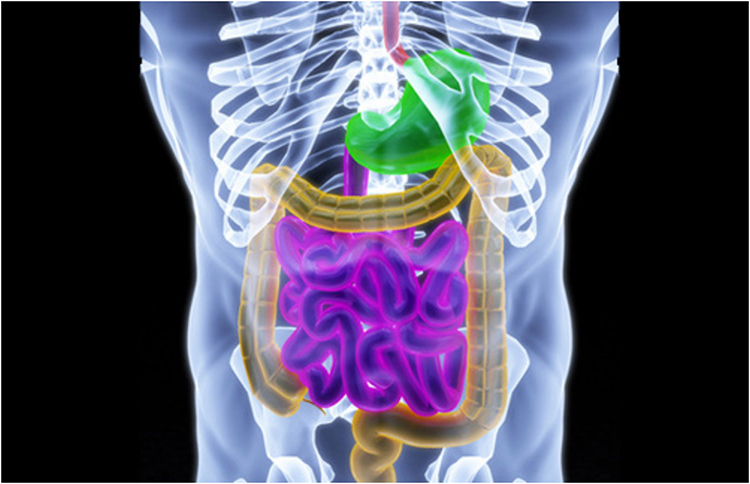
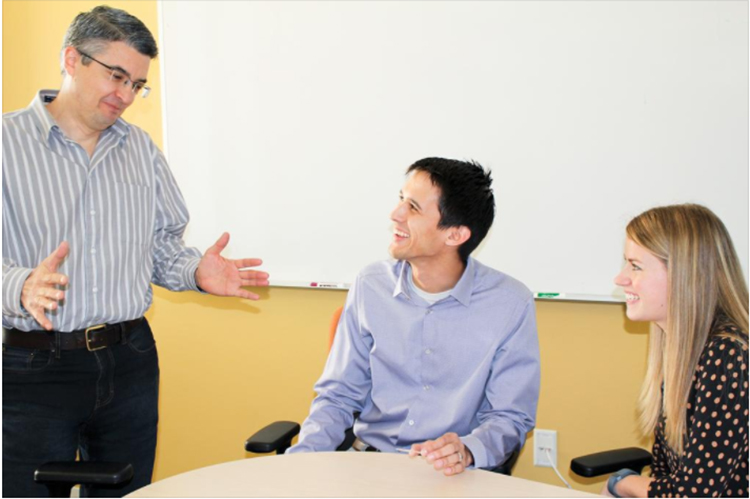
ASU SPINOUT GETS NATIONAL FUNDING FOR TISSUE CHIP, PHOENIX BUSINESS JOURNAL, JAN. 22
Mechanical engineering grad David Richardson has received funding for ASU spinout company bioSyntagma, developed while he was a research engineer at the Biodesign Institute. The company’s Light Stream FloCell™ allows researchers to understand how disease-causing cells interact with each other and may be able to answer questions relating to why cancers metastasize, which drugs are most effective for a patient at a given point in time, and what disease mechanisms are active in arthritis, diabetes, and dementia.
Southwest’s Largest Additive Manufacturing Hub Formed at ASU in Partnership with Honeywell Aerospace, PADT, Concept Laser, 3DPrint.com, Jan. 12
One of the ‘outstanding’ facilities is the Manufacturing Research and Innovation Hub, a 15,000-square-foot center containing a lab with over $2 million worth of polymer and plastic materials and 3D metal printing equipment. The university recently formed a partnership with Honeywell Aerospace, Phoenix Analysis & Design Technologies, Inc. (PADT), and Concept Laser to help build and make the new facility a reality.
“If you go to school in Arizona and hope to pursue a manufacturing engineering undergraduate degree, the only place you can get one is ASU’s Polytechnic School.”
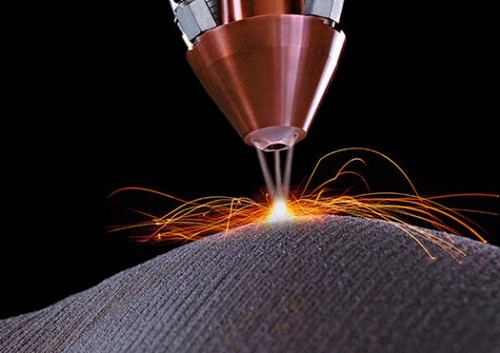
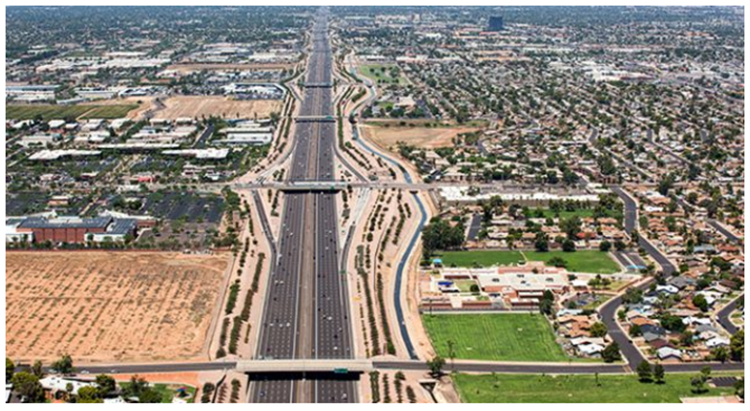
New ASU center to research future of transportation, AZBigMedia, January 13
Arizona State University has been named the lead institution for a new U.S. Department of Transportation Tier 1 University Transportation Center and will work with the U.S. Department of Transportation on improving regional and local transportation systems. The Center for Teaching Old Models New Tricks, or TOMNET, will work to improve data models and analytical tools used to plan transportation infrastructure, said SEBE Professor Ram Pendyala, the center’s director.
“If we can find ways to successfully integrate these kinds of behavioral variables into our analytics, then I think we can make a quantum leap in our ability to predict future travel needs and desires,” Pendyala said




































